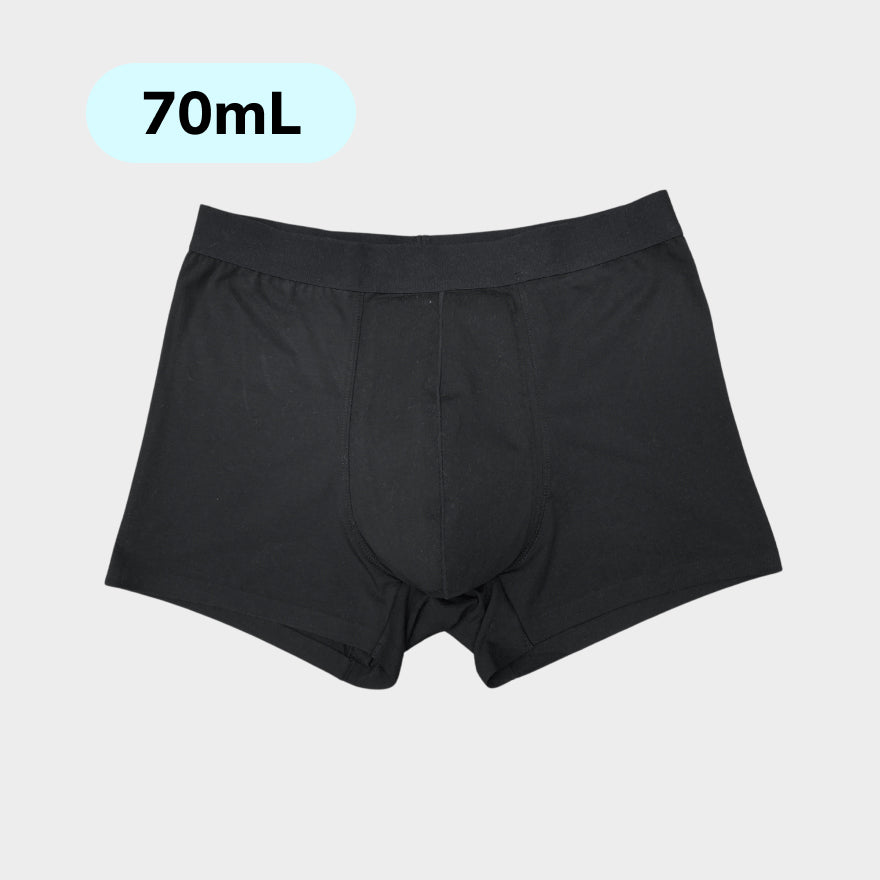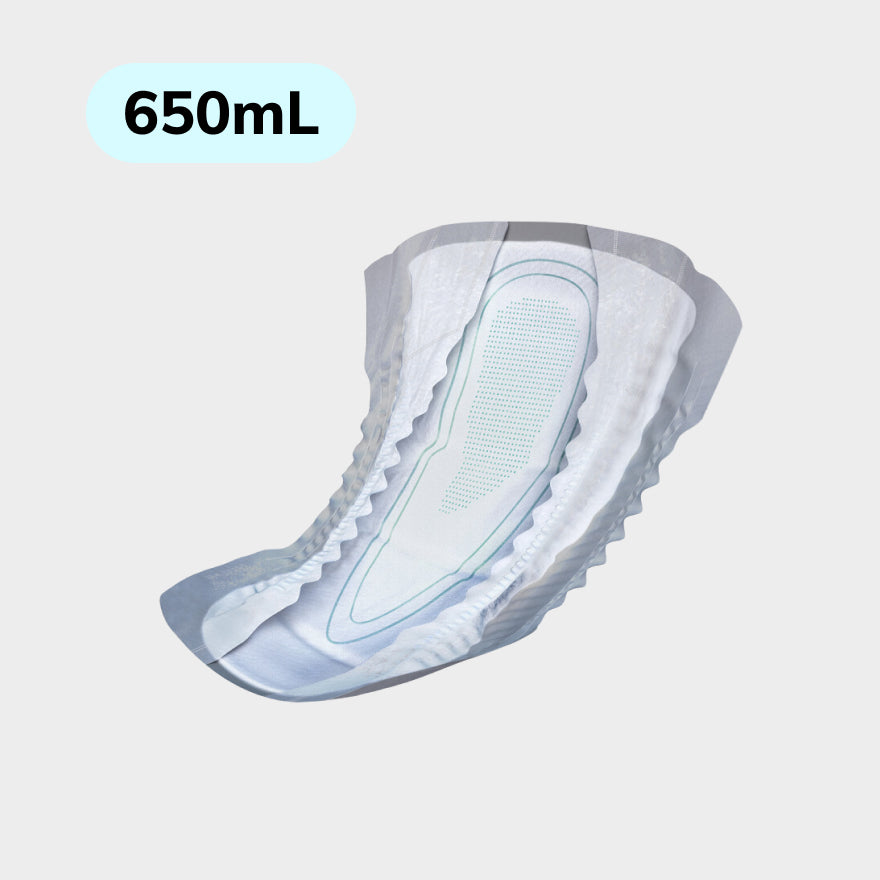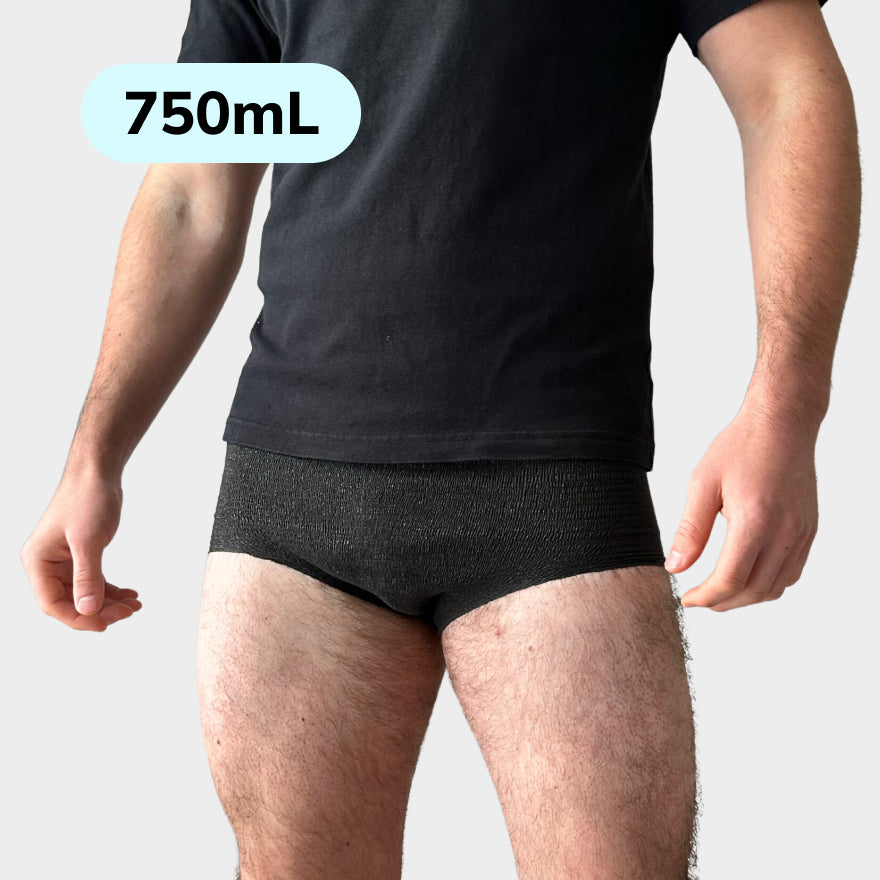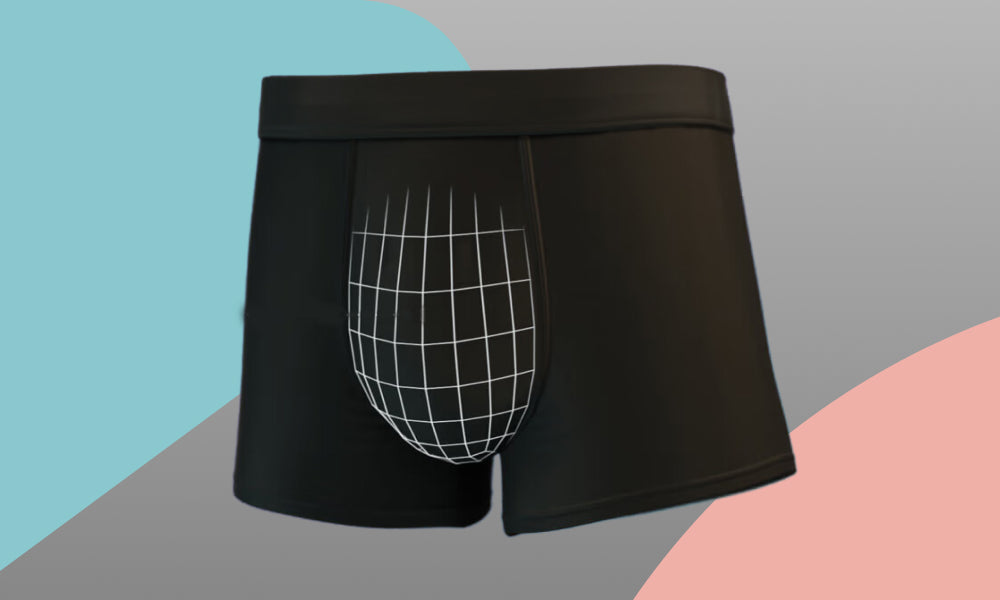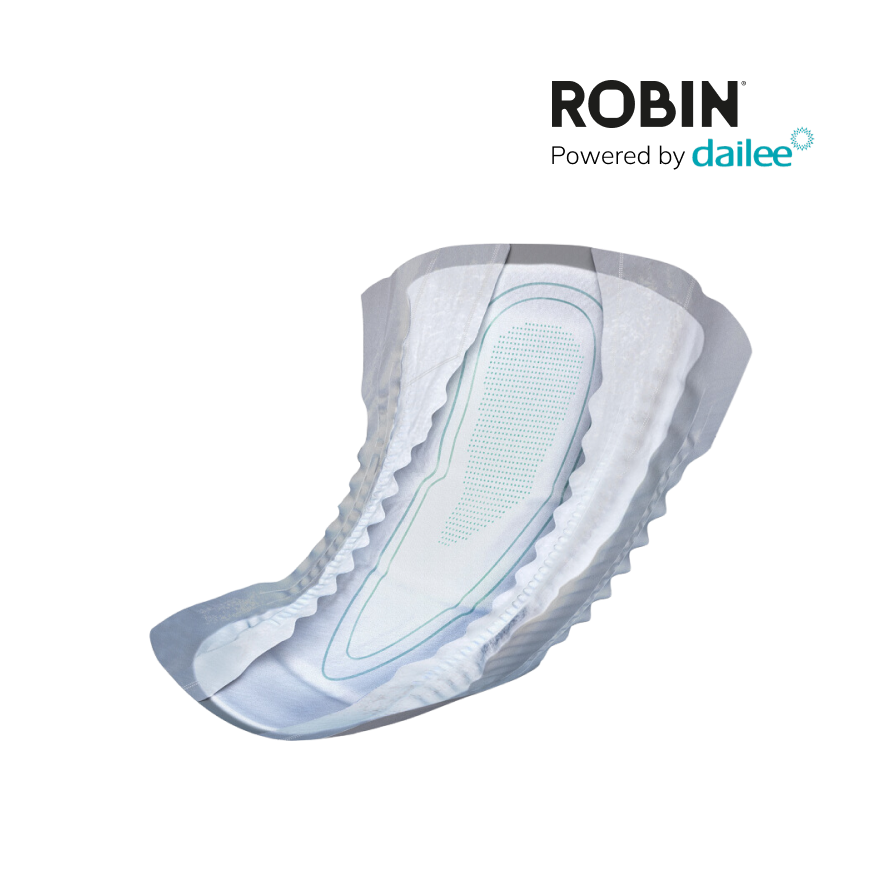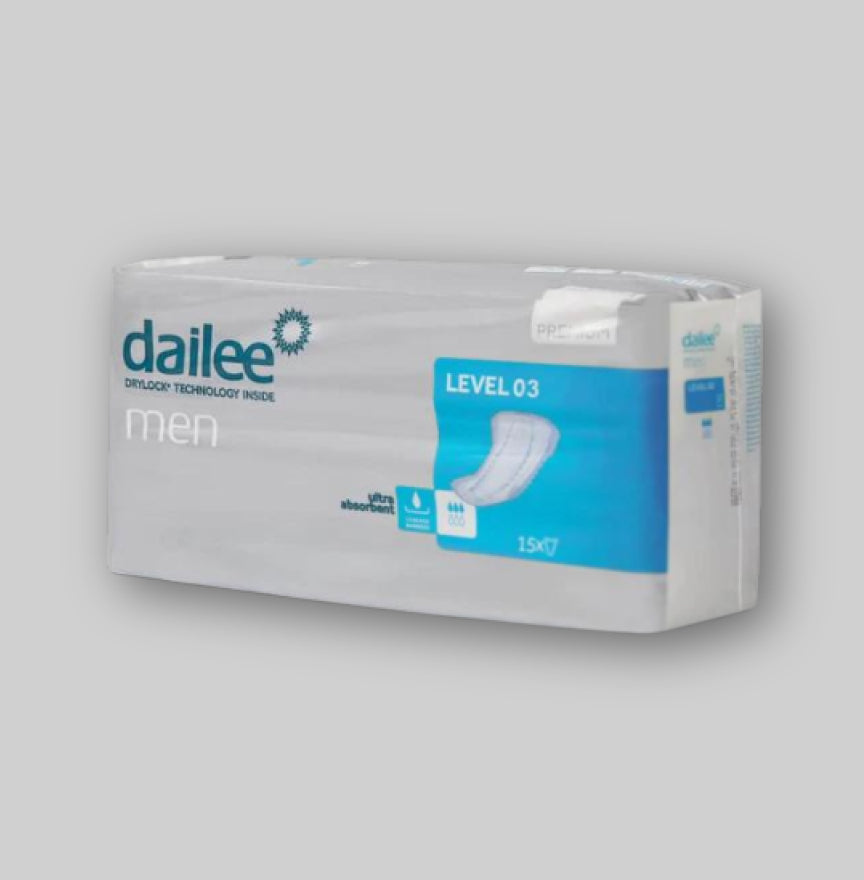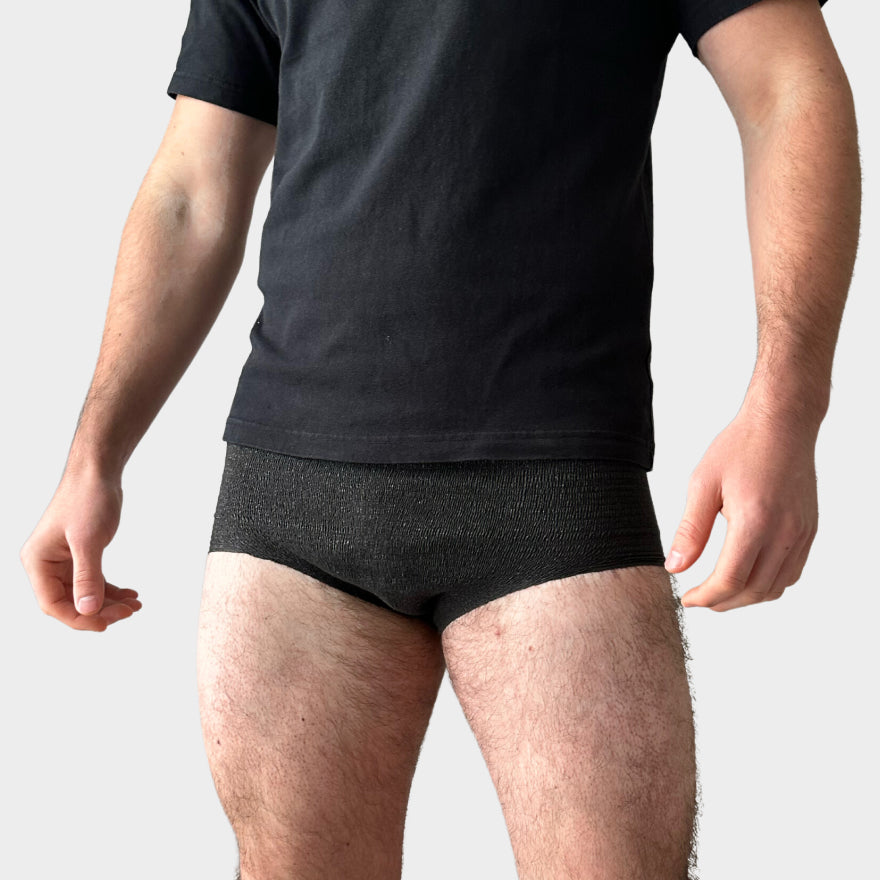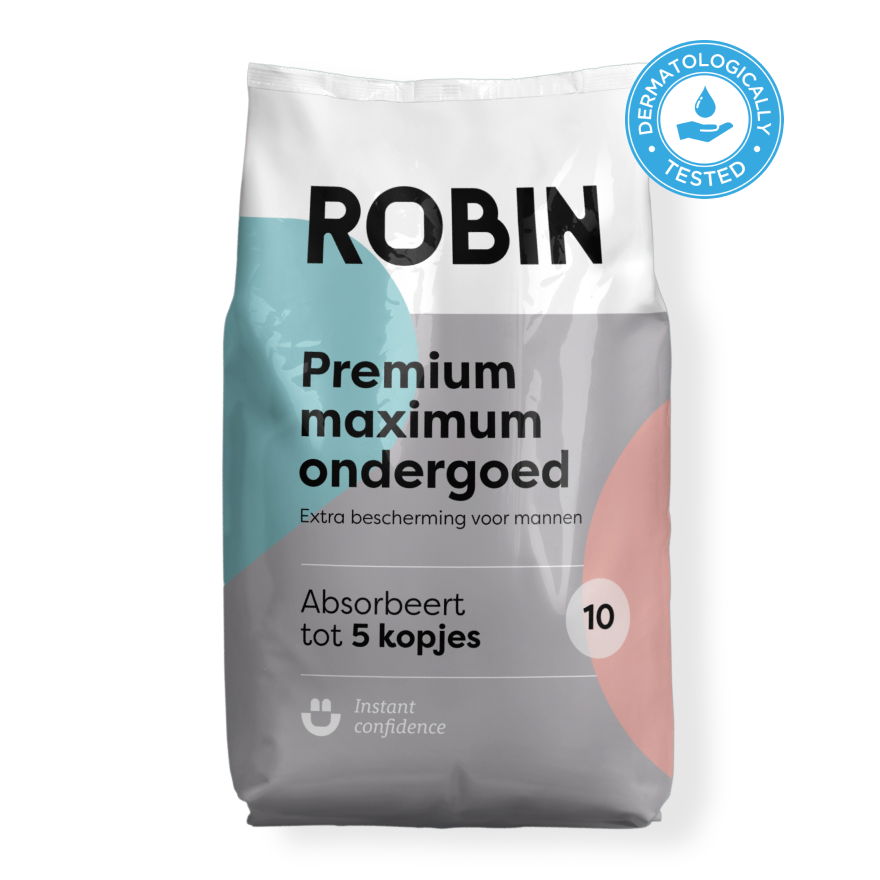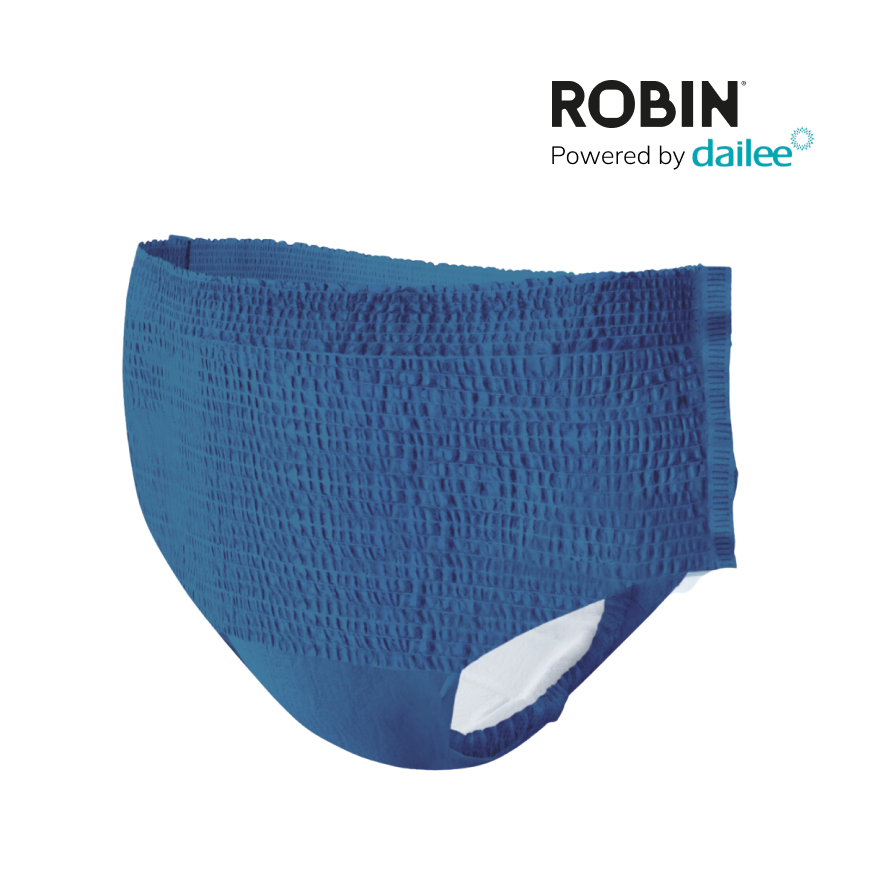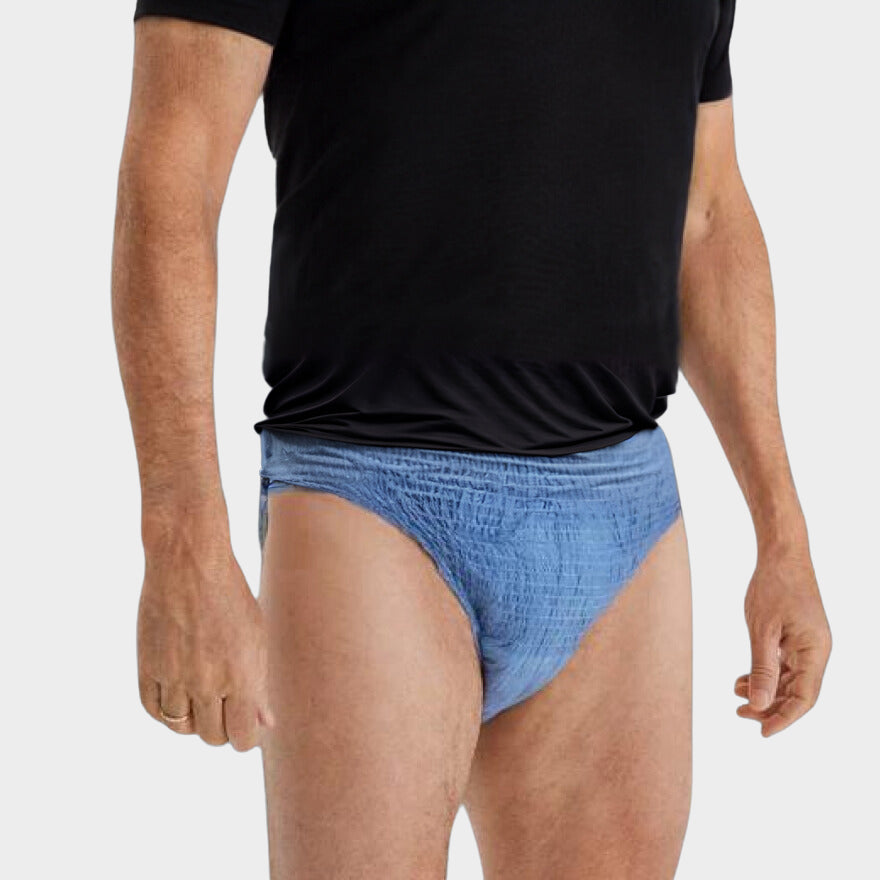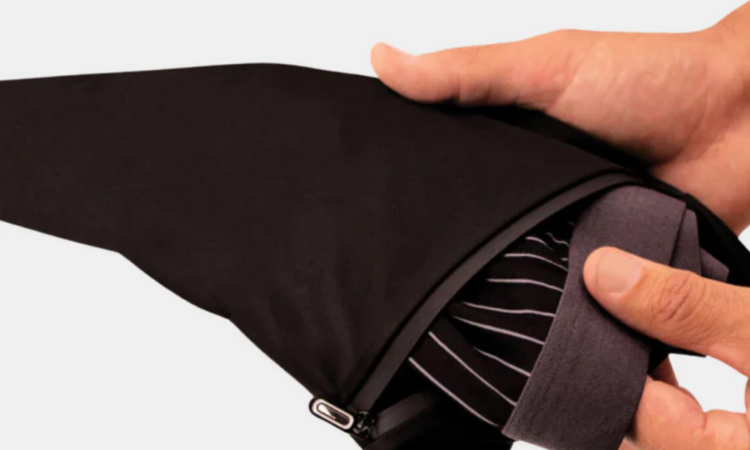Choosing the right size of protective underwear or adult diapers is crucial, not only for comfort, but also to ensure that the product functions effectively. Well-fitting briefs and protective underwear can provide greater comfort and confidence during social activities, such as going out with friends and romantic partners, and can prevent the discomfort that comes with ill-fitting underwear.
With up to 80% of people with incontinence wearing the wrong size, we’ve put together a simple guide to learning how to find the right fit so you can get the most out of your protective underwear.
Why the Right Size Adult Diaper is Important
Proper fit is crucial to the effectiveness of incontinence underwear and adult diapers. When underwear is too tight, it can cause fluid leakage, which can stain clothing. Tight underwear can also cause chafing, especially at the leg openings, and can irritate the skin by holding urine and feces too close to the skin. Underwear that is too tight can even affect circulation in the legs or groin area, causing pain or discomfort.
On the other hand, underwear that is too loose may not catch fluids before they run down the leg openings. Loose underwear can also cause leakage at the waist if an accident occurs while lying down. Underwear that is too big can also be bulky, visible under clothing, or ride up when walking, which can cause pinching and chafing.
-
Too Tight :
- Risk of leakage
- Chafing and irritation
- Possible circulation problems
-
To Loose :
- Ineffective in fluid retention
- Risk of leakage at waist and leg openings
- May be visible under clothing or accumulate
How Incontinence Underwear and Diapers Should Fit
The fit of incontinence underwear and diapers is essential for comfort and effectiveness. They should fit snugly around the waist and legs without cutting the skin or leaving red marks.
- Comfort : The diapers should not pinch, bunch or cause discomfort when moving.
- Freedom of movement : Users should be able to move freely without creating wrinkles or gaps.
- Dryness : If the protection leaks, this indicates a poor fit.
A correct fit contributes to both the wearer's comfort and the effectiveness of the incontinence protection.
Signs You Have the Wrong Size Product
When protective underwear fits properly, you should be able to wear it without noticing. However, if you experience any of the following issues, it may be time to find a different size or style:
-
Frequent Leaks : This problem occurs when underwear is too big, causing the leg elastics to not fit snugly against the skin and trap urine. However, it can also occur when underwear is too small, causing it to tear, or when fluid squeezes out of the absorbent core because it is too tight.
-
Chafing : If underwear is too tight, the leg elastics will likely dig into your thighs, causing redness and irritation. If it is too loose, the material can bunch up and cause chafing between your legs or wherever the material meets.
-
Pain or restricted circulation : This indicates that your underwear is too small. If you feel tingling or numbness around your waist, or pain when wearing the underwear (mainly for men ), it is too tight.
-
Excess material visible : If there is noticeable bulk under your pants, or if extra material is sticking out beyond your regular clothing, this is a sign that your panties are too big. Properly fitting protective underwear should fit discreetly under your clothes without bunching up as you walk.
Common misconceptions about incontinence product sizing
Choosing the right size incontinence products is essential for comfort and effectiveness. However, there are a number of misconceptions that should be avoided:
-
Size equals absorbency : This is incorrect. The absorbency of incontinence underwear is determined by the number of absorbent cores, not by the size. Regardless of whether the underwear is small or extra large, the amount of liquid it can hold remains the same, for example up to four cups of liquid.
-
Styles for men and women are identical : This is also not true. Men's and women's underwear are cut differently to accommodate different anatomical needs. If a unisex product is uncomfortable, it is better to look for brands that offer specific designs for men or women.
How to Measure the Right Size Incontinence Products
When selecting incontinence underwear, it is crucial to choose the right size for an optimal fit. Follow these steps:
- Use a measuring tape and place it around your waist, at the same level as your belly button.
For average measurement:
- Compare the obtained circumference with the size chart of the chosen brand of incontinence underwear.
For hip measurement:
- If your hips are wider than your waist, measure your hip circumference at the widest point of your hips.
- Use this measurement when consulting the size chart.
If your measurements fall between two sizes, for example between medium and large, you can check additional sizing guidelines:
- Judge your height and weight according to the brand's size chart , often provided in the product description.
- These guides provide additional details to help you determine the best size fit.
Correct sizing ensures comfort and security, so take the time to follow these simple steps to make the right choice.
Size chart of Robin Disposable Panties
When choosing incontinence products, it is essential to find the right size for optimum comfort and protection. Robin understands this and therefore offers a diverse range of sizes for their disposable panties , suitable for both men and women. These sizes are:
- Small/Medium
- Big
- Extra Large
- XXL
The sizing is mainly based on the waist or hip size of the user. If you hesitate between two sizes, the height and weight charts can help you find the most suitable size.
The fit of the products may vary depending on the brand and style, such as:
- Close-fitting diaper pants with tabs
- Reusable underwear
- Disposable underwear
It is recommended to try multiple styles to find the perfect fit. Many brands offer trial packs, making it easier to find a good fit without a large upfront investment. Additionally, Robin is on hand to help with sizing adjustments if the first pack you choose isn’t an ideal fit. A starter pack is available for those who have completed the bladder protection quiz to help get you started.
